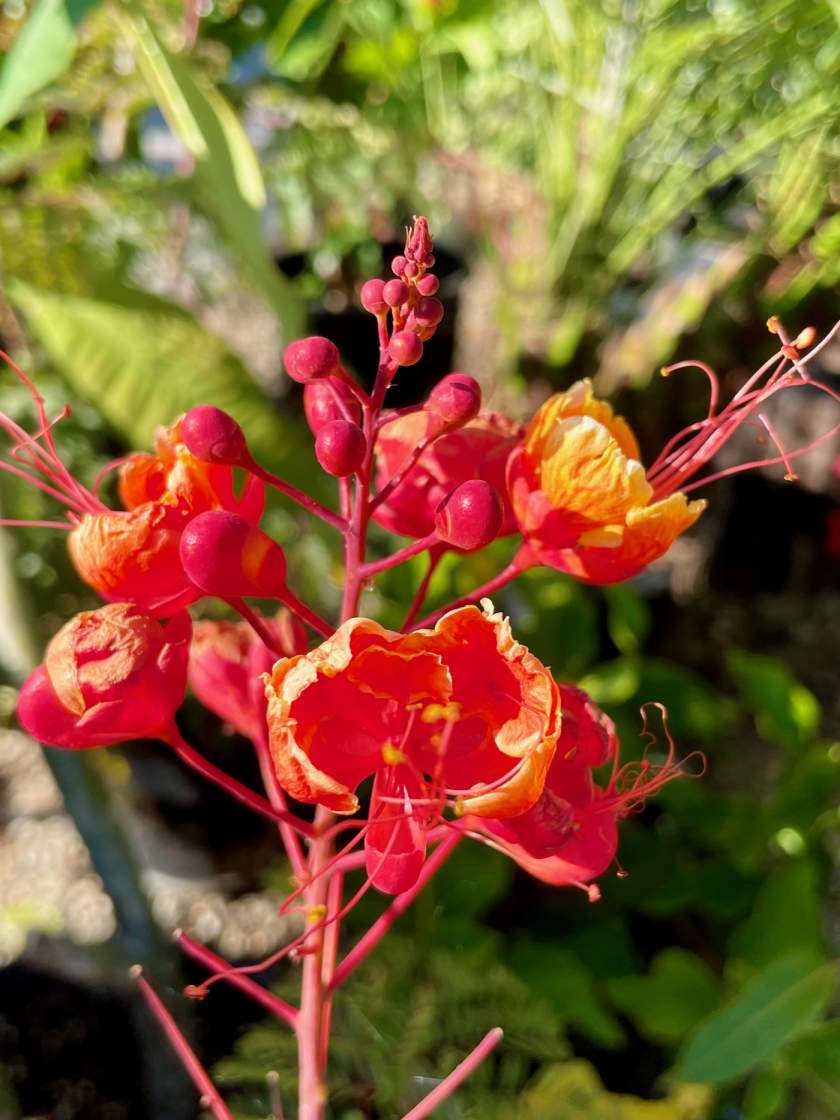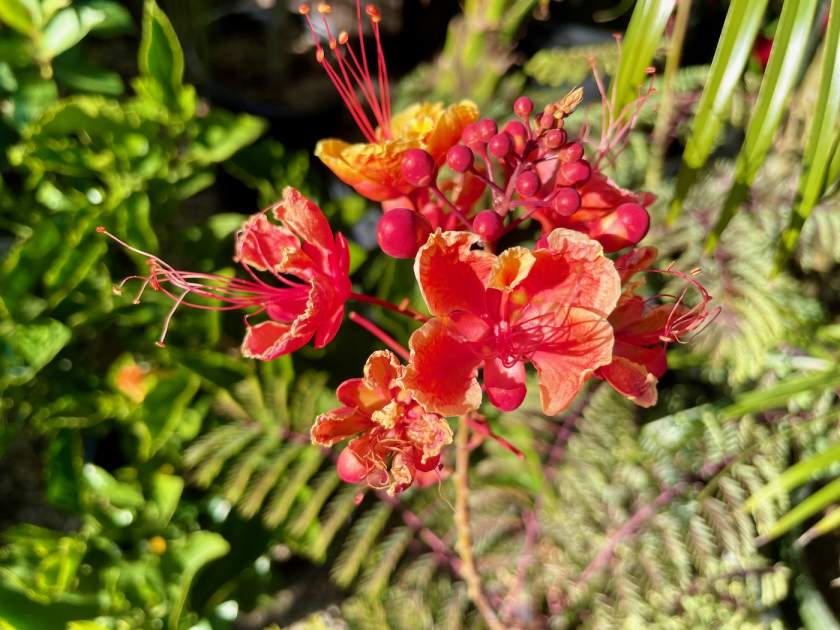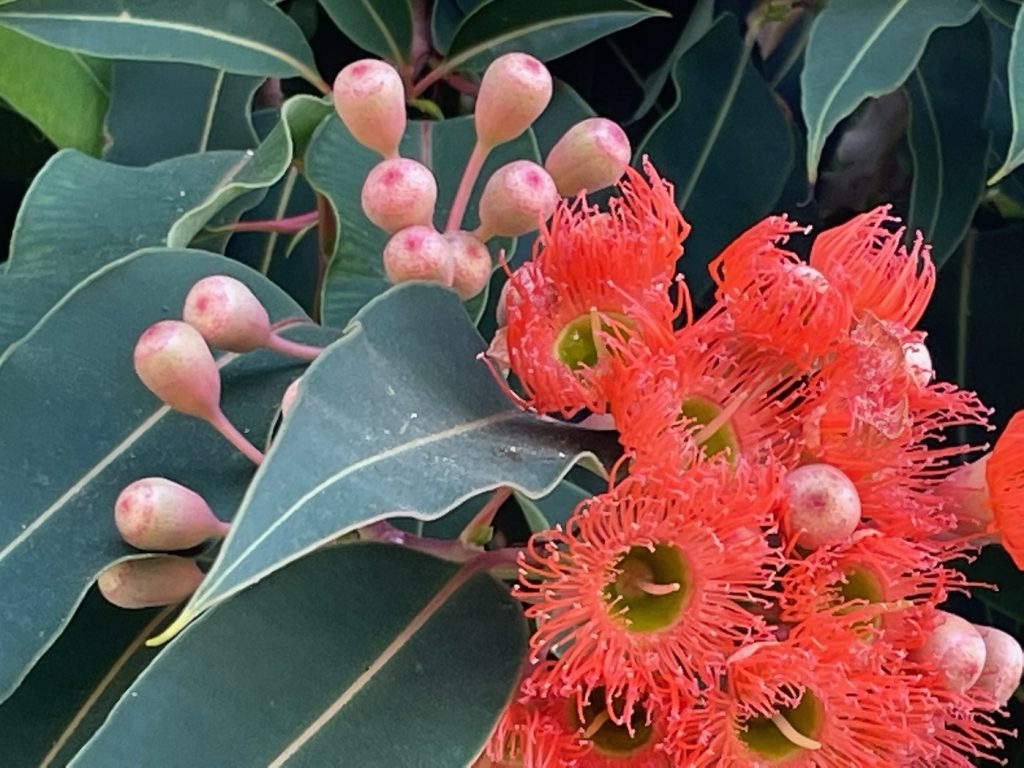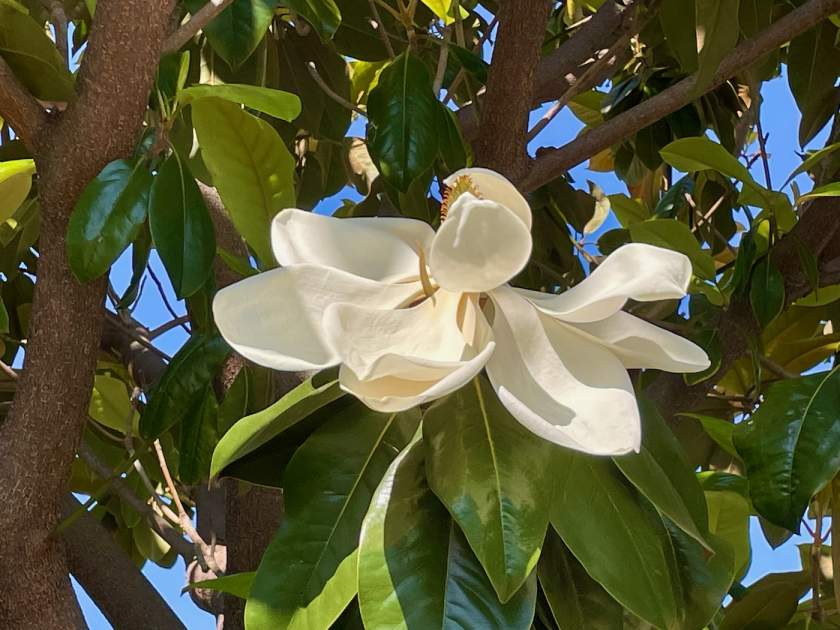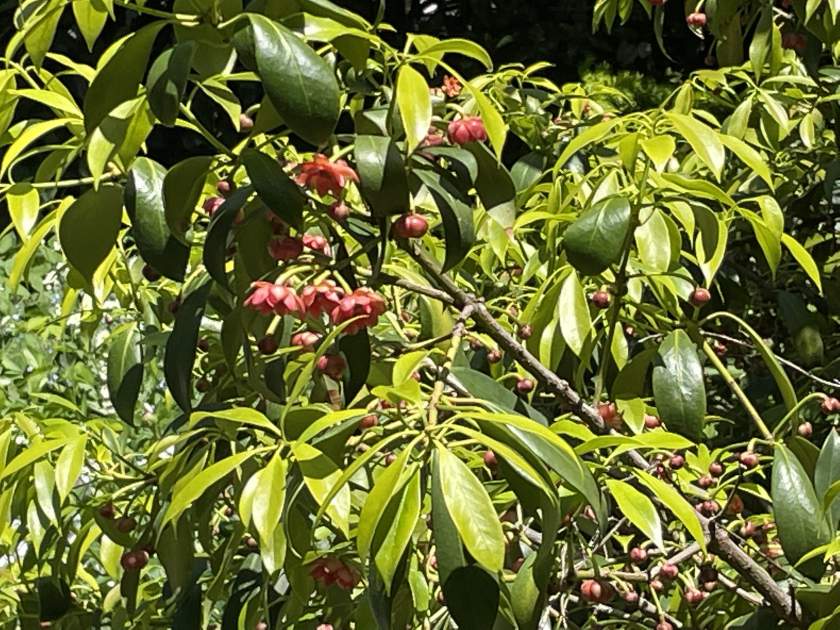Caesalpinia pulcherrima: The Colorful Red Bird of Paradise
Caesalpinia pulcherrima, commonly known as Red Bird of Paradise or Barbados Pride, is a striking flowering plant belonging to the Fabaceae family. Native to the tropics and subtropics of the Americas, its exact origin remains uncertain due to its widespread cultivation. This vibrant shrub or small tree goes by various common names, including Peacock Flower, Dwarf Poinciana, Flamboyant Tree, Paradise Flower, and Spanish Carnation. It boasts magnificent bowl-shaped flowers with bright orange-yellow petals and contrasting elongated dark red stamens, creating a spectacle of colors. The lush foliage, adorned with feathery green leaves, further enhances the beauty of this tropical gem.
Family Background and Native Range
Caesalpinia pulcherrima belongs to the Fabaceae family, and its genus name honors Andrea Cesalpini, an Italian botanist, philosopher, and physician to Pope Clement VIII. The specific epithet “pulcherrima” comes from the Latin word “pulcher,” meaning beauty, which aptly describes its stunning flowers. The plant is native to tropical Americas, possibly the West Indies, and has become widely cultivated in tropical regions worldwide.
Characteristics: Flowers and Leaves
Red Bird of Paradise showcases a profusion of bowl-shaped, 5-petaled flowers measuring up to 2 inches wide. These flowers bloom in showy terminal racemes, with each raceme containing up to 40 flowers. The petals’ color varies from orange to yellow, with striking elongated dark red stamens that add an exotic touch. The feathery green leaves are bipinnate and typically 20–40 cm long. Each leaf bears three to 10 pairs of pinnae, and each pinna contains six to 10 pairs of leaflets, giving the plant an elegant and lush appearance.
The flowering season for Caesalpinia pulcherrima typically occurs during the warm months of late spring through summer and into early fall. In tropical and subtropical regions, it may bloom almost year-round.
The flowers of Caesalpinia pulcherrima are a sight to behold, with their intense colors and unique shape. The blossoms are a mix of red, orange, and yellow hues, with long, prominent stamens that add to their striking appearance. The flowers are arranged in clusters and are rich in nectar, making them attractive to butterflies, bees, and other pollinators.
During its flowering season, Caesalpinia pulcherrima can transform any landscape into a vibrant and colorful display, making it a popular choice for gardens and landscapes in warm regions. Its attractive flowers, along with its fern-like foliage, contribute to its popularity as an ornamental plant.
Cultivation of Caesalpinia pulcherrima:
Sunlight and Watering: For optimal growth and abundant flowering, Caesalpinia pulcherrima thrives in full sun. It prefers well-drained soils with medium moisture levels. Established plants exhibit good drought tolerance and can withstand occasional dry periods.
Soil and Fertilization: Red Bird of Paradise performs best in moist, well-drained soils that are fertile and rich in nutrients. In hot climates, the plant can tolerate drier conditions, making it an ideal choice for xeriscaping. Fertilize the plant to promote healthy growth and prolific blooming.
Winter Hardiness and Pruning: This tropical beauty is winter hardy in USDA Zones 9-11. In frost-free climates, it remains evergreen, but in areas with light to moderate freezing, the plant may die back to the ground and rebound in mid to late spring. Regular pruning can help maintain its shape and size as needed.
Pest and Disease Management: Caesalpinia pulcherrima is generally a low-maintenance plant, but like many ornamental plants, it may attract certain pests such as glasshouse red spider mites, glasshouse whitefly, and mealybugs. Regular monitoring and early intervention can help prevent pest infestations.
Propagation:
This plant can be propagated by seeds or softwood cuttings. Harvest seeds from the pods before they reach maturity or utilize softwood cuttings to create new plants.
Toxicity and Tolerances: It is essential to note that all seeds of Caesalpinia are poisonous. However, immature seeds of C. pulcherrima are edible before they mature or after treatment. Additionally, this plant has sharp thorns along its stems, making it an effective natural barrier.
Caesalpinia pulcherrima, also known as Red Bird of Paradise, is a dazzling addition to any tropical garden or landscape. With its vibrant orange and yellow flowers, lush green leaves, and exotic appearance, it captures the essence of the tropics. Thriving in full sun and well-drained soils, this low-maintenance plant rewards gardeners with its long bloom season and drought tolerance. Whether as a large accent shrub, hedge, or flowering tree, Caesalpinia pulcherrima adds a touch of elegance and allure to various garden settings. Its striking beauty, coupled with its rich history and cultural significance, makes it a beloved choice for both novice and seasoned gardeners seeking to infuse their outdoor spaces with color and charm.
